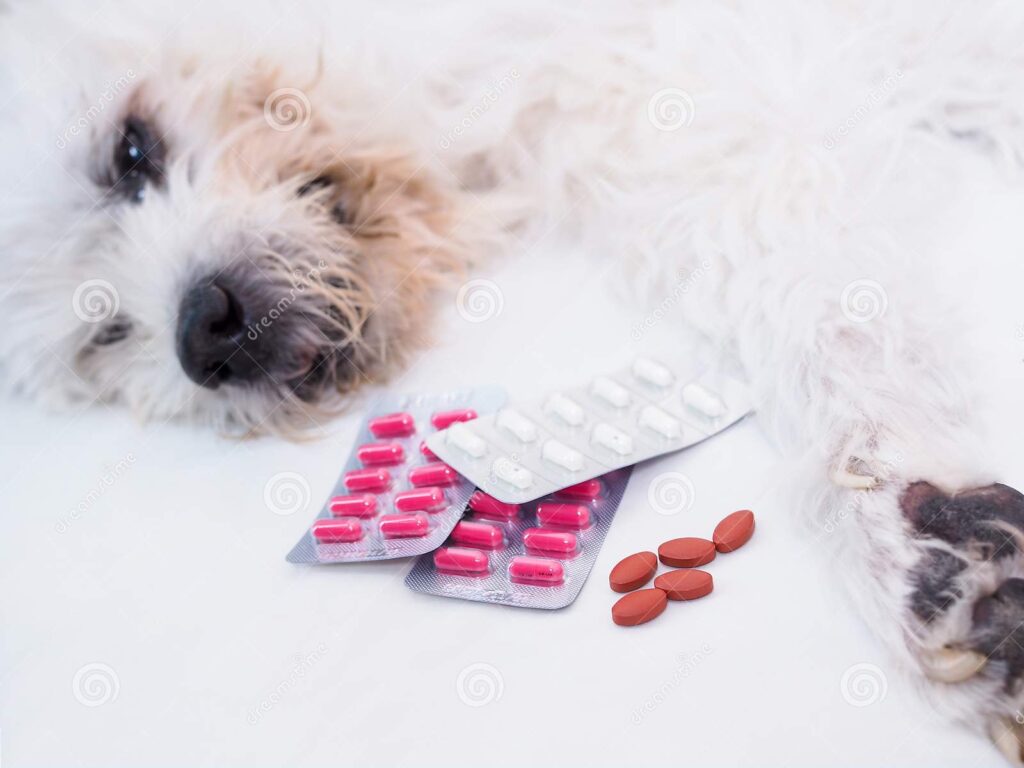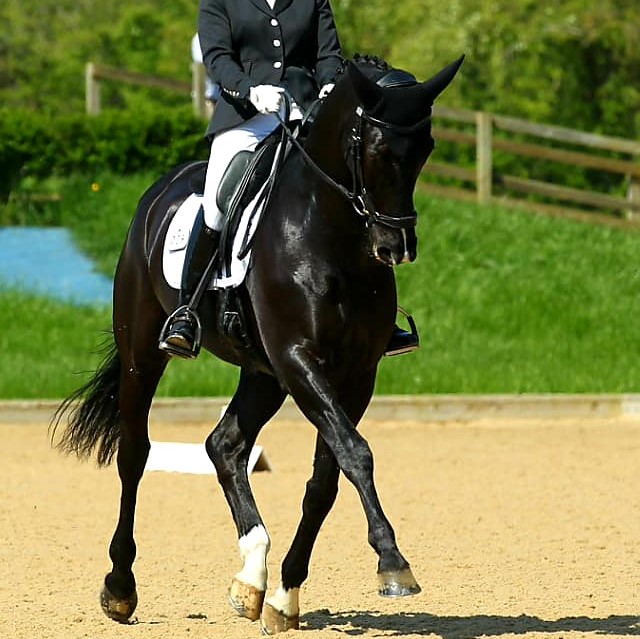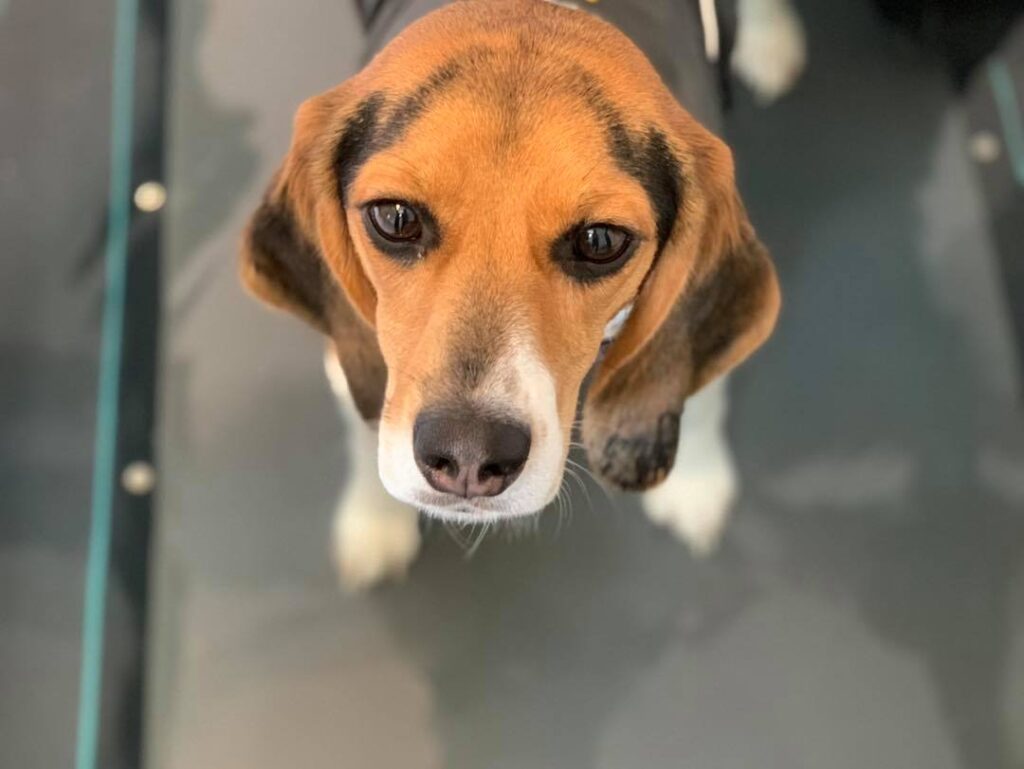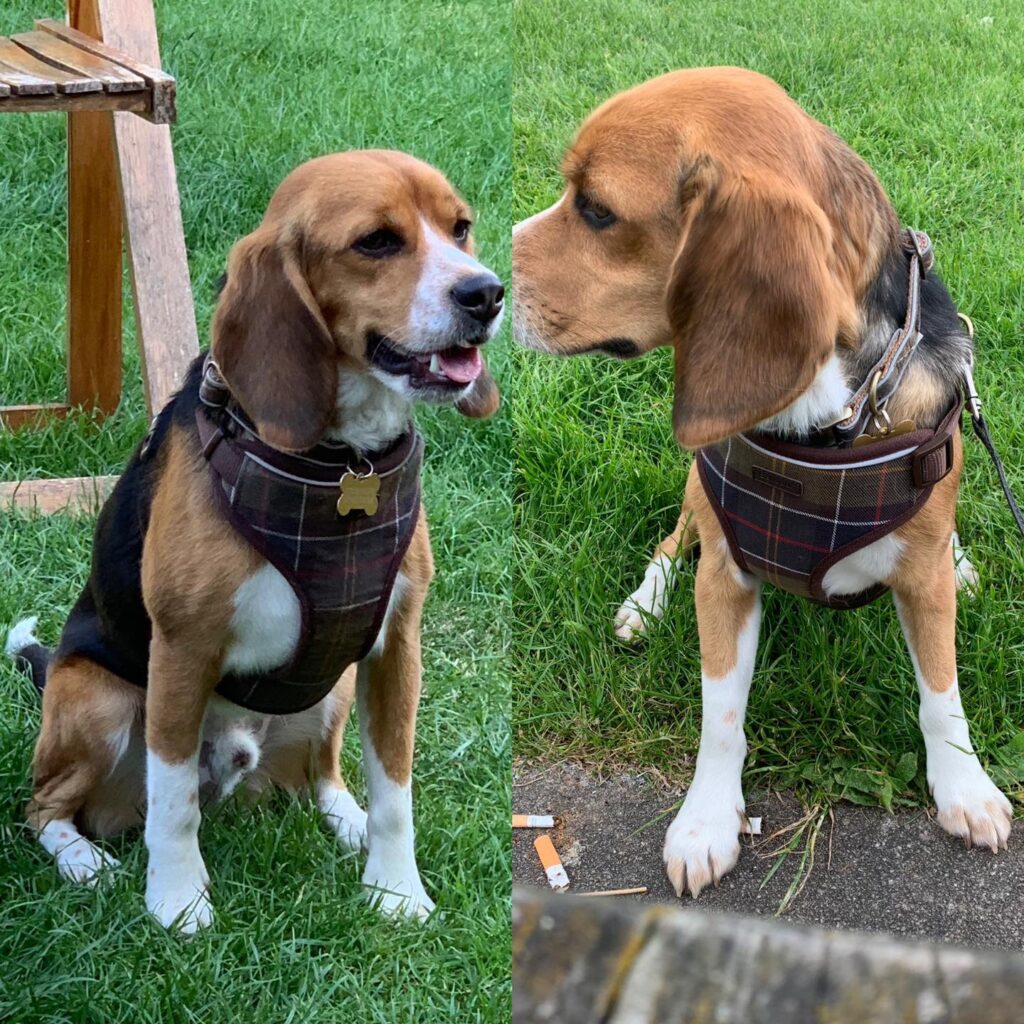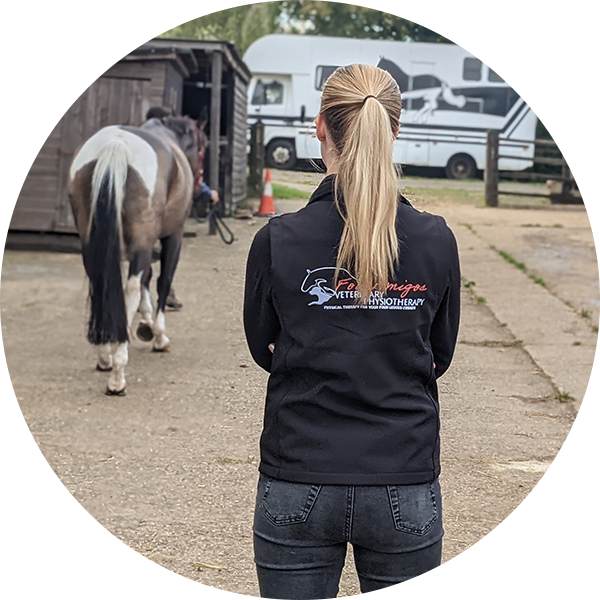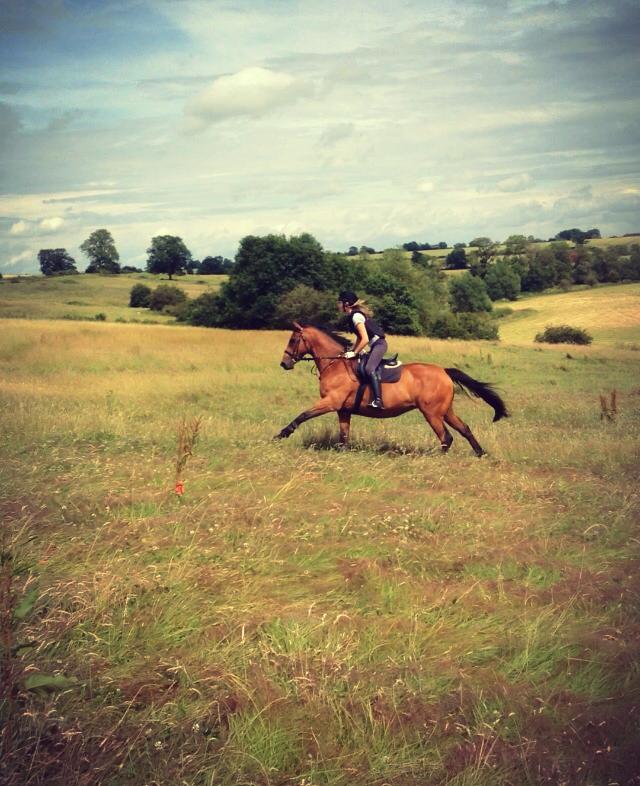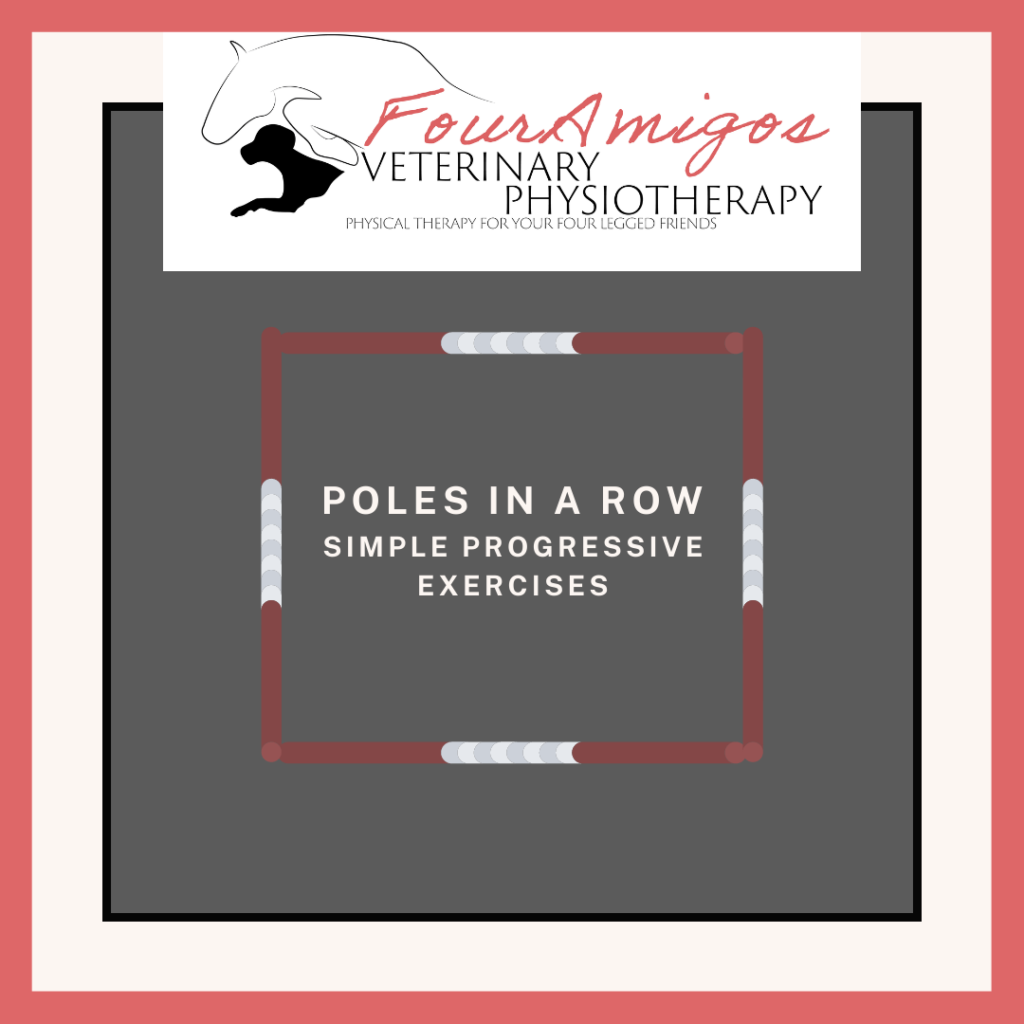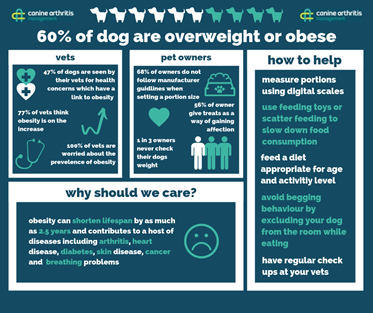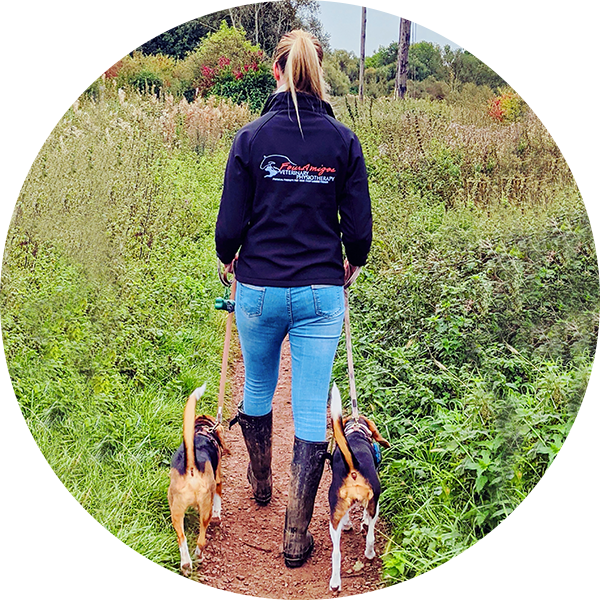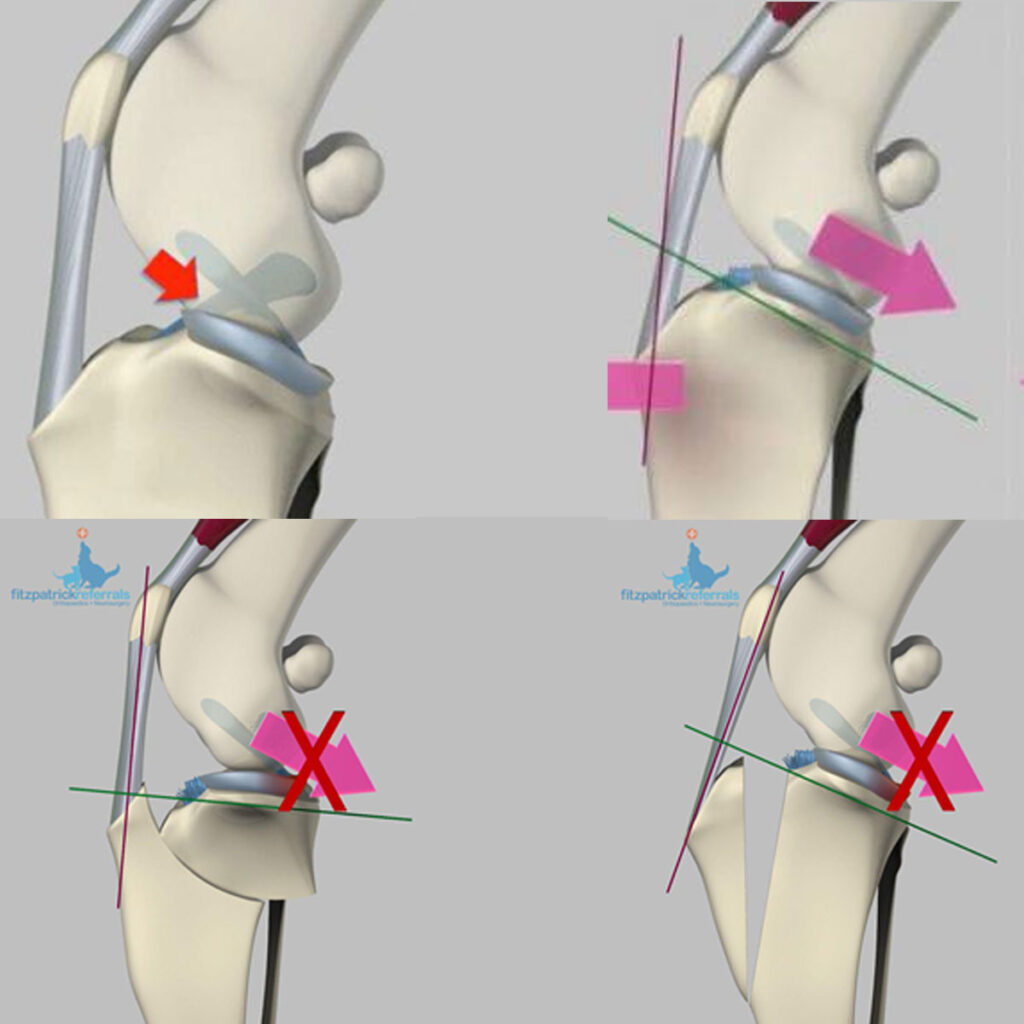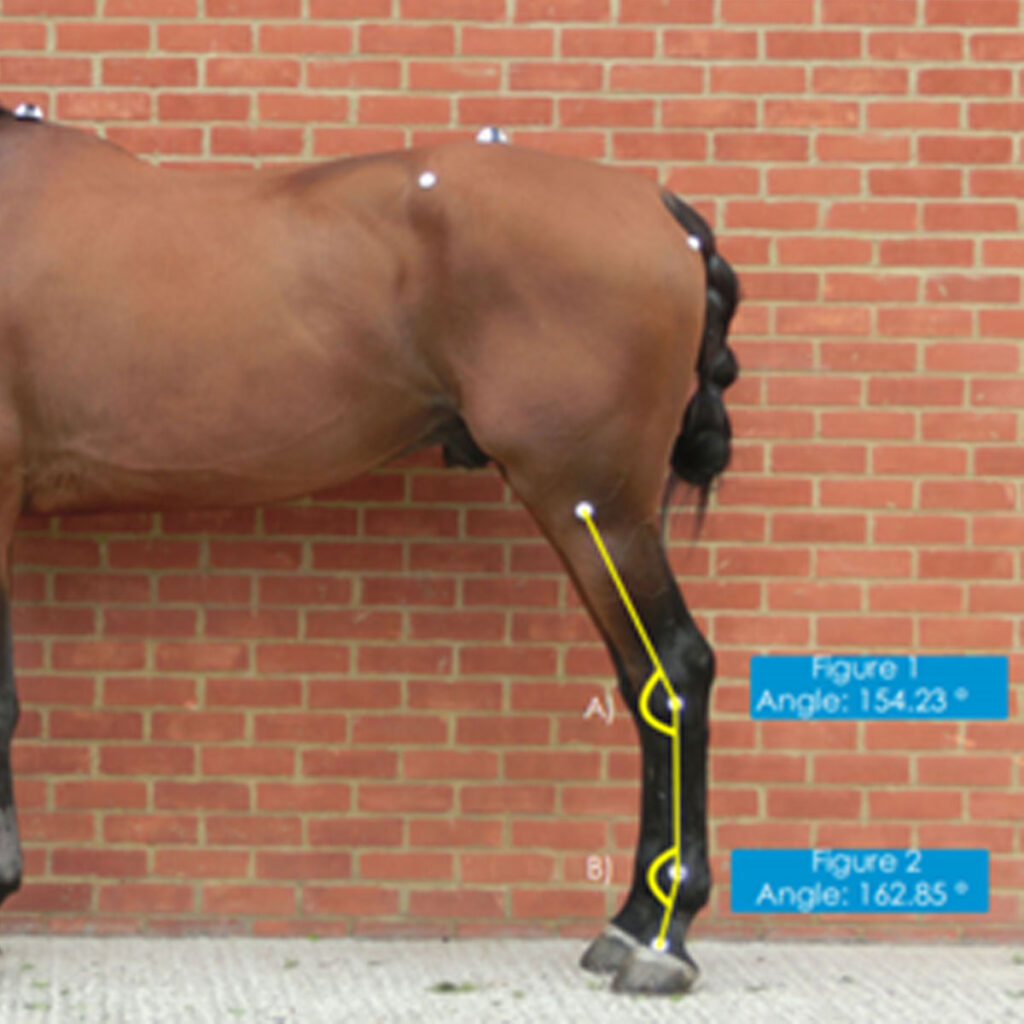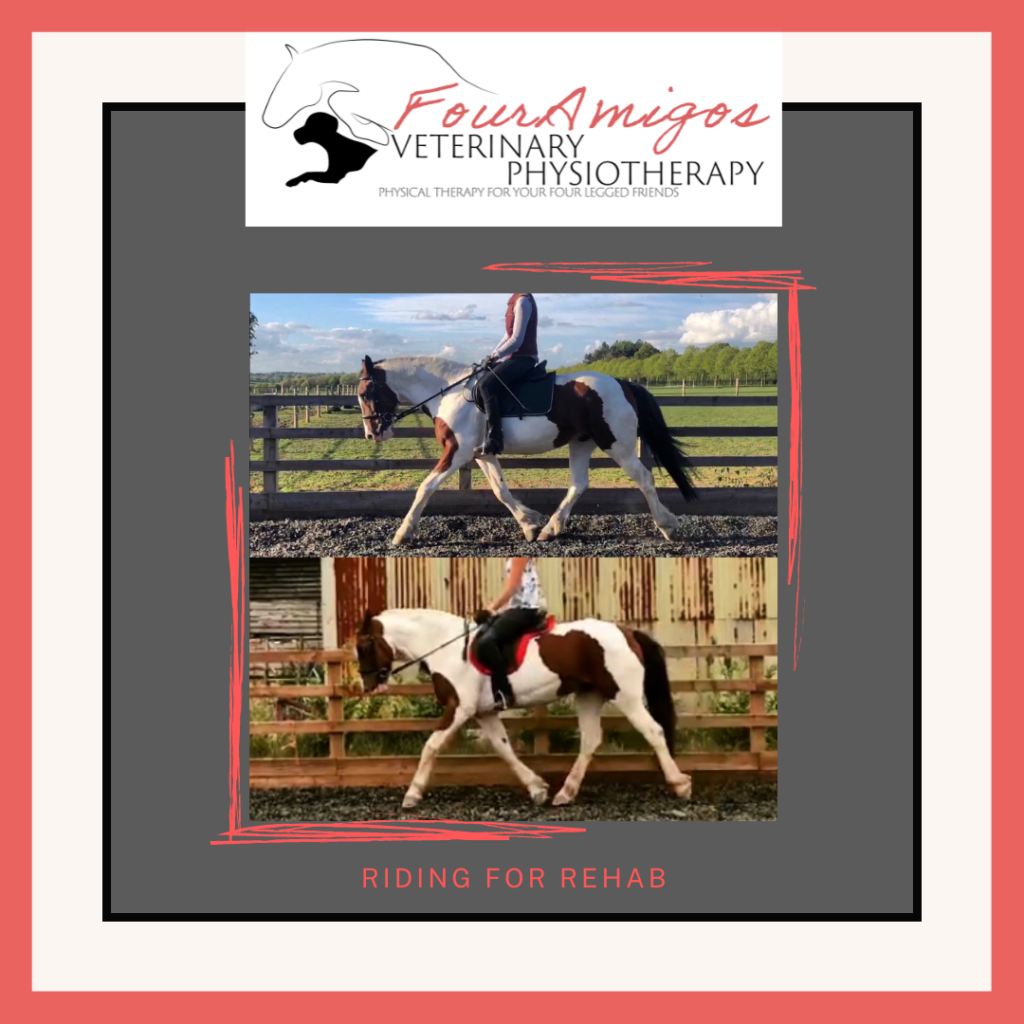Resources
Here are a selection of resources for you to enjoy. There are various written articles below and plenty of videos on my YouTube Channel.
So, whether you have a horse or a dog with an issue you’re looking for some guidance on or you just want to know more about their bodies and how everything works, I hope these resources are helpful.
If at any point you have any questions or would like more detailed advice please don’t hesitate to get in touch.




